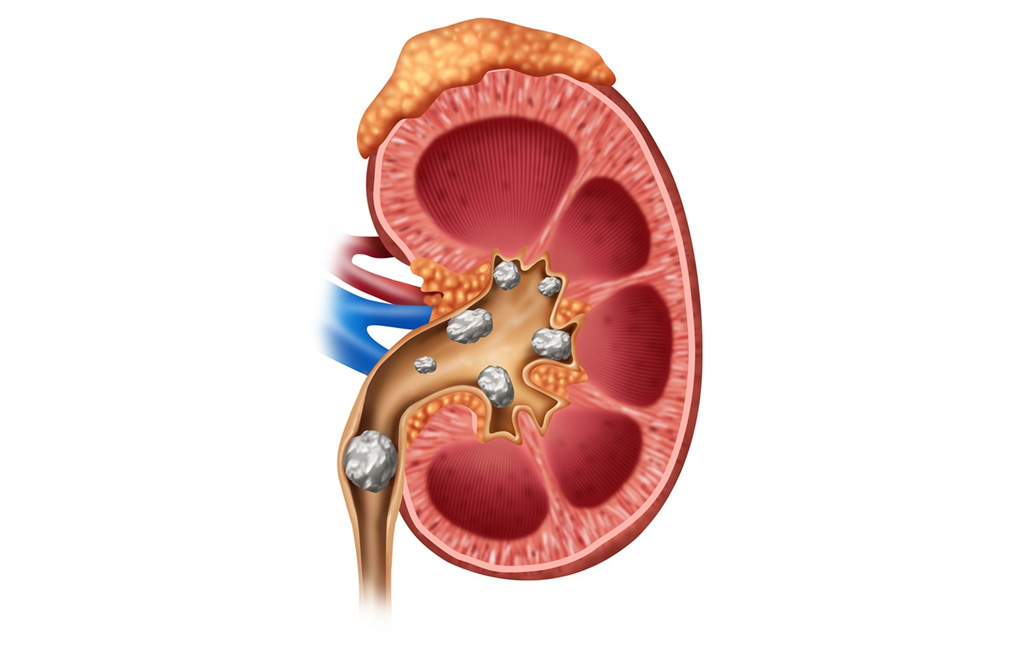
Kidney stones is a common condition faced by many people, however, having them removed by conventional surgical techniques can be painful.
Kidney stones can range from the size of a grain of sand to the size of a golf ball. Some stones may partly or completely occupy the kidney: this is also known as staghorn calculi. Most kidney stones show minimal or no symptoms. Pain maybe encountered when a kidney stone causes an obstruction. Some stones may cause renal damage leading to a state of kidney non-function. Some may cause life threatening urosepsis.
The traditional technique to treat kidney stone is by open surgery, a skin cut of considerable length (about 6 inches) is made under general anaesthesia in the affected side and the muscles are cut to gain access. The stone is delivered by a cut made in the kidney. There can be significant intra-operative and post-operative complications associated with this technique, and also a lengthier hospital stay and delayed return to routine activities.
Extracorporeal Shockwave Lithotripsy (ESWL) and Flexible-ureterorenoscopy (Flexi-URS) are less invasive techniques to treat kidney stones. However their applications may be limited due to numerous factors like larger stone size and complexity, increased stone density, structural variations of the kidney and difficult access. They may not be able to completely remove the kidney stones in a single setting.
Percutaneous Nephrolithotomy (PCNL) is a minimally invasive procedure that is used to treat kidney stones of variable sizes and complexity, and also can even access hard to reach areas. PCNL has proven to provide highest successful results compared to its rival less invasive techniques. PCNL is recognised by American (AUA) and European (EAU) urological authorities as the first line treatment for large and multiple stones in the kidney.
During PCNL a tiny puncture is made through the skin with a needle and access gained into the kidney under X-ray or Ultra sound guidance. The access tract is widened (dilated) to make way allowing a telescope to pass into the kidney to see the stones inside. The stones are broken down into tiny fragments and removed completely.
Surgery can last from few minutes up to a few hours depending on stone characteristics. There can be a temporary ureteric stent or a drainage tube into the kidney at the end of the procedure. However PCNL is completely tubeless nowadays. This is an inpatient procedure with a hospital stay of usually less than 48 hours. And there will be fast return to routine activities in the next few days. The advantages are high success rates, decreased morbidity and fewer complications.
Durdans Urology is well equipped to treat the kidney stones of all sizes and shapes.
For inquiries on Percutaneous Nephrolithotomy (PCNL) contact 011 214 0000



